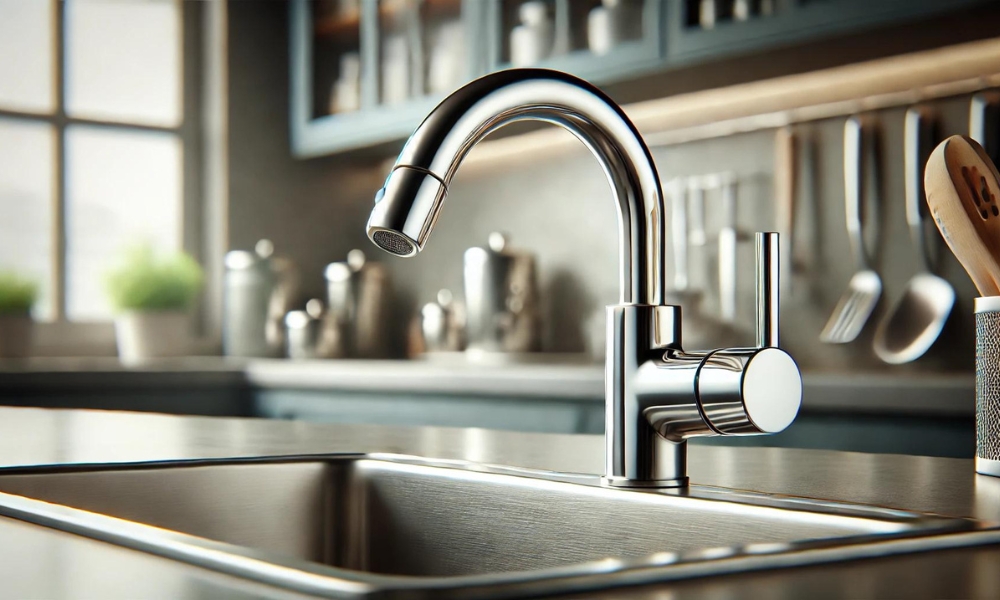Clean A stainless steel faucet is a common fixture in kitchens and bathrooms, offering both durability and a sleek, modern look. However, over time, these faucets can accumulate water spots, fingerprints, and even stains that dull their shine. Regular cleaning and maintenance are key to keeping faucets looking as good as new. In this blog, we’ll walk you through a simple yet effective method to clean your faucet and restore its original luster.
What Is The Best Cleaner For Stainless Steel Faucets?
The best cleaners for stainless steel faucets are mild dish soap and white vinegar. Dish soap effectively removes dirt and grease, while white vinegar helps dissolve water spots and mineral deposits. Avoid using abrasive cleaners, bleach, or products containing chlorine, as they can damage the Non-corrosive steel finish.
What Should I Do If My Stainless Steel Faucets Have Rust Spots?
Although Non-corrosive steel is resistant to rust, it can develop rust spots in certain conditions. To remove rust spots, create a paste with baking soda and water, apply it to the affected area, and gently scrub with a toothbrush. Rinse thoroughly and dry. For more stubborn rust, a Rust-resistant cleaner with oxalic acid may be necessary.
Materials You’ll Need:
- Soft microfiber cloth
- Dish soap or mild detergent
- White vinegar
- Baking soda (optional)
- Toothbrush or soft-bristle brush
- Olive oil or baby oil (for polishing)
Step-By-Step Guide
Step 1: Remove Surface Dirt And Grime
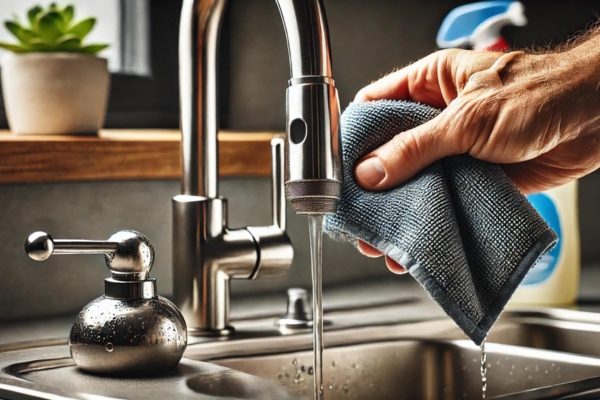
Start by wiping down the faucet with a damp microfiber cloth to remove any surface dust or dirt. If there are stubborn spots, mix a small amount of dish soap with warm water and use the cloth to gently scrub the faucet. Avoid using abrasive cleaners or scrubbers, as they can scratch the Rust-resistant surface.
Step 2: Tackle Water Spots And Stains
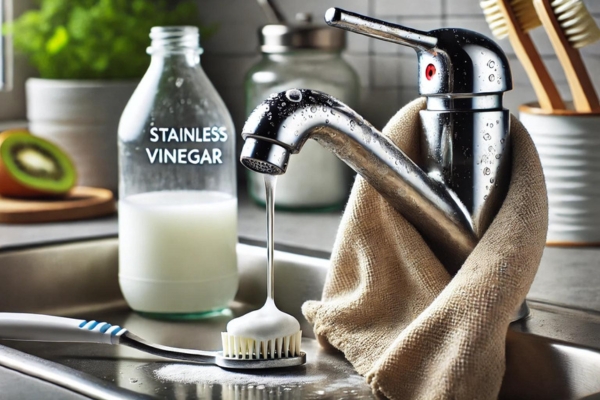
Water spots and mineral deposits are common on Rust-resistant faucets, especially in areas with hard water. To remove these, soak a cloth in white vinegar and wrap it around the faucet. Let it sit for about 10-15 minutes to dissolve the deposits. Afterward, use the cloth to wipe away the vinegar and any remaining spots. For stubborn stains, you can make a paste with baking soda and water, then gently scrub the affected areas with a toothbrush.
Step 3: Rinse And Dry
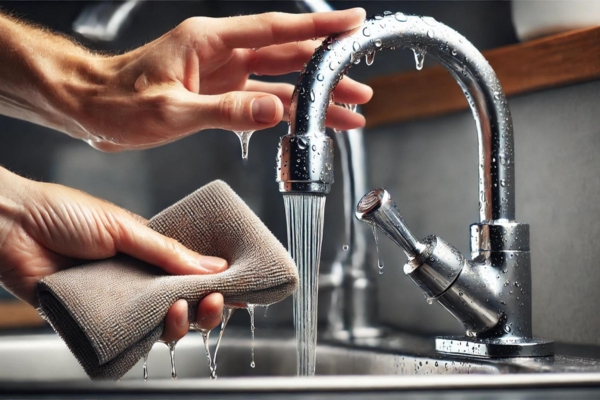
Once you’ve cleaned the faucet, rinse it thoroughly with water to remove any cleaning residues. It’s essential to dry the faucet immediately with a Clean A Beer Faucet, dry microfiber cloth to prevent new water spots from forming. Stainless steel is prone to showing streaks and spots, so drying is a crucial step to maintain its shine.
Step 4: Polish For A Brilliant Shine
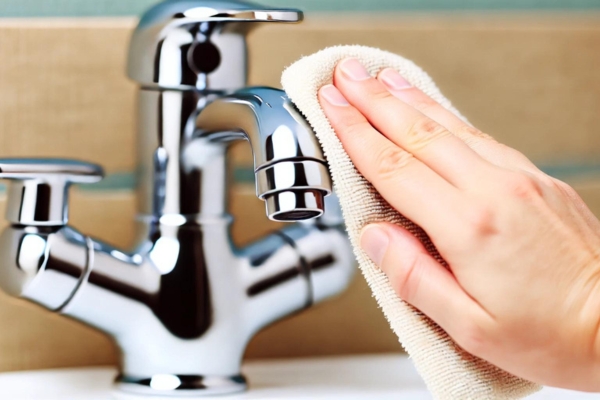
For an extra touch of brilliance, you can polish your High-grade steel faucet. Apply a small amount of olive oil or baby oil to a clean cloth and buff the faucet in the direction of the grain. This will not only enhance the shine but also create a protective layer that helps repel water and fingerprints.
Step 5: Regular Maintenance Tips
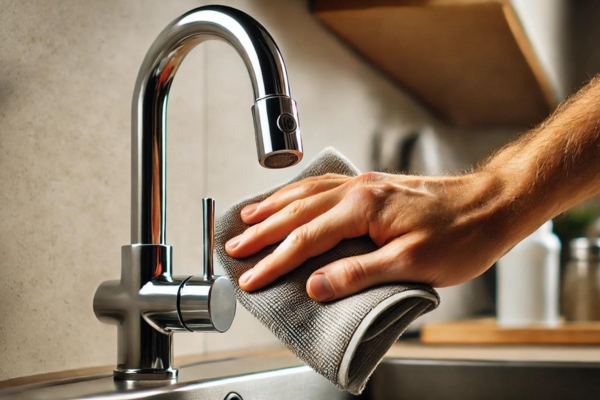
To keep your stainless steels faucet looking its best, wipe it down regularly with a damp cloth to prevent the buildup of grime and water spots. If you live in an area with hard water, consider wiping the faucet dry after each use. Avoid using harsh chemicals or abrasive materials, as they can damage the High-grade finish.
Conclusion
Cleaning a stainless steel faucet is a straightforward task that can significantly improve the appearance of your kitchen or bathroom. By following these steps, you can ensure that your faucet remains spotless, shiny, and free of unsightly stains or water spots. With regular maintenance, your Non-corrosive steel faucet will continue to be a stylish and functional centerpiece in your home for years to come.
